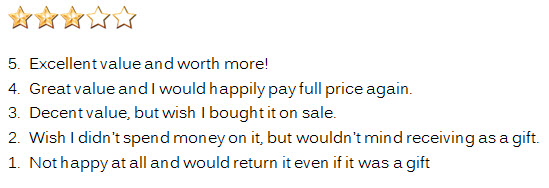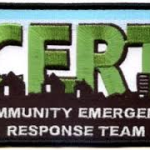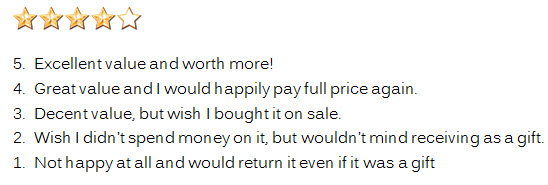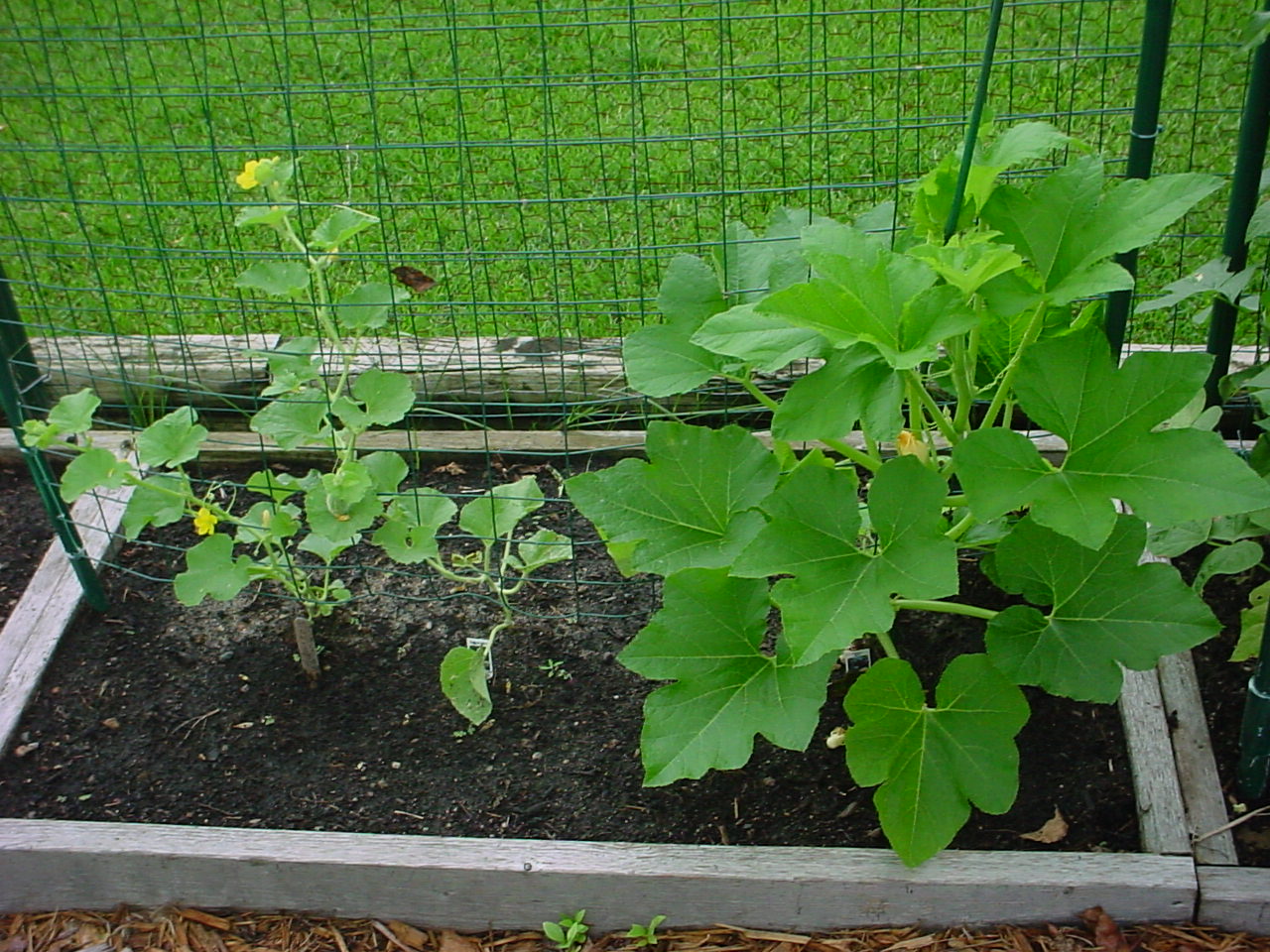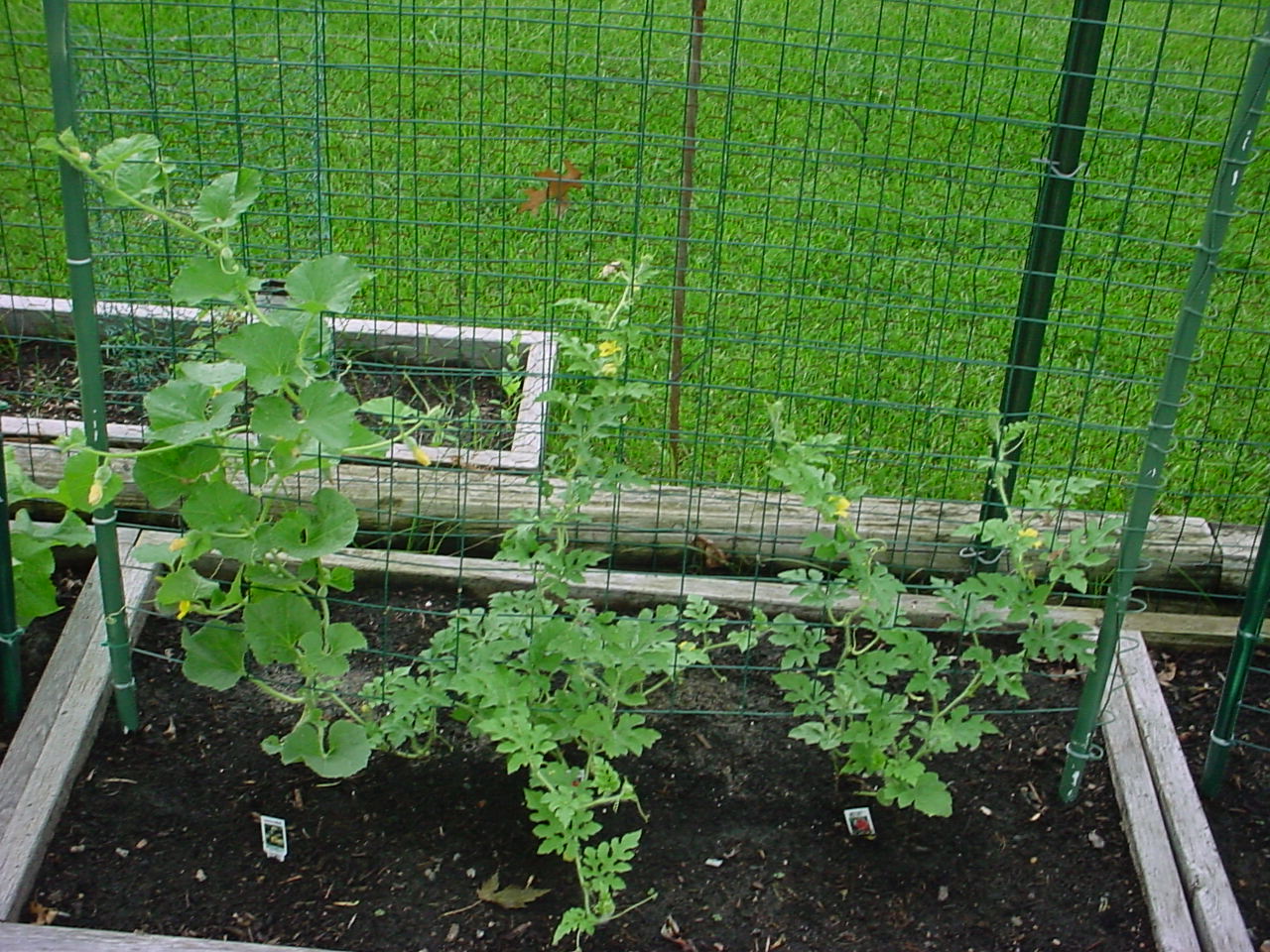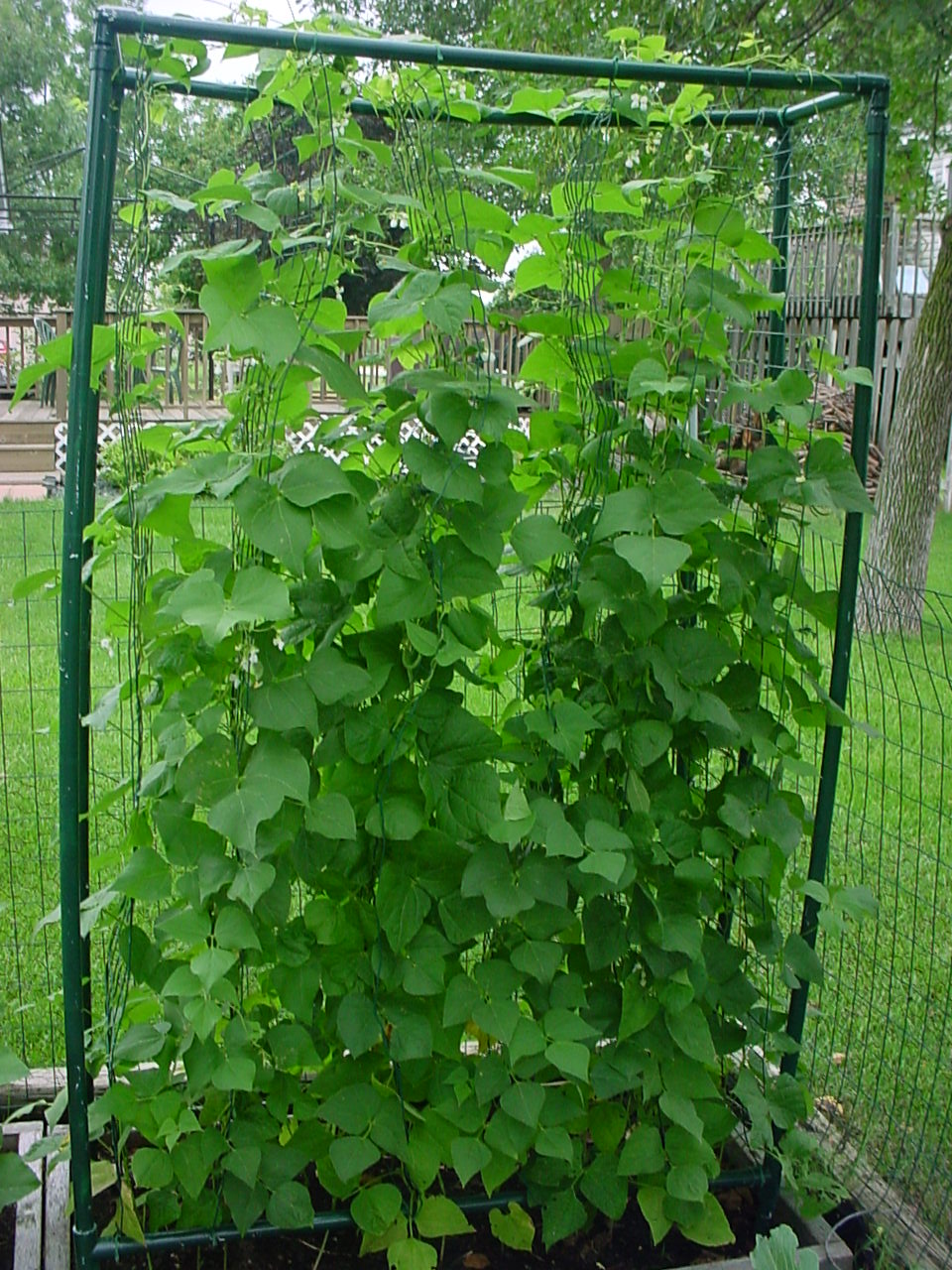
For those of you who share preparedness, here are some things I’ve discovered. If you have others, please add a comment and share with everyone. As far as sharing preparedness goes, I understand that some of you want to maintain Op-Sec and stay gray. For those who want to let your freak flag fly, here are some tips.
Start Small
When you talk to someone who isn’t a prepper about preparedness, start small, with examples of why you prepare. Make it about you to keep them from feeling attacked. If you bring up the possibility of an EMP attack from Iran, many people don’t know what to do with that, so they dismiss it. If you bring up something they understand, that they have dealt with, or at least are familiar with, such as a power outage, they can process it and understand why and how they could prepare.
Avoid the Tinfoil
Avoid giving examples that are far out, like FEMA camps, impending nuclear fallout from Fukushima or the government using Contrails. There are some things that are a little out there that I think might be true, but sharing this stuff with someone who doesn’t even see the reason to have more than a weeks-worth of food at home, is going to make them think you’re a kook.
Social Media
This might seem like I am being a little self-serving. Whether it’s this site, or another preparedness site you like, if you read an article you like, please share it. Most sites have the buttons for Facebook, Twitter and others at the bottom of the article. Feel free to “Like it”, “tweet it”, etc.
If you have a site “liked” on Facebook and a comment is made, click on “share” and add your two cents so that your friends can see it. If you make a comment on a post, only those who are fans of the page will see it, not the friends in your list.
Social media is a great way to bring attention to a site or an article you enjoy. It’s where the term “going viral” comes from. Personally, I would say that much of my traffic has come from links that are shared by visitors. I appreciate it when people share the site with their circle; it is a high compliment in my book.
Please click here to vote for Prepared Christian as a top Prepper site!
If you liked this article please think about sharing it on the social media listed below, thanks!


